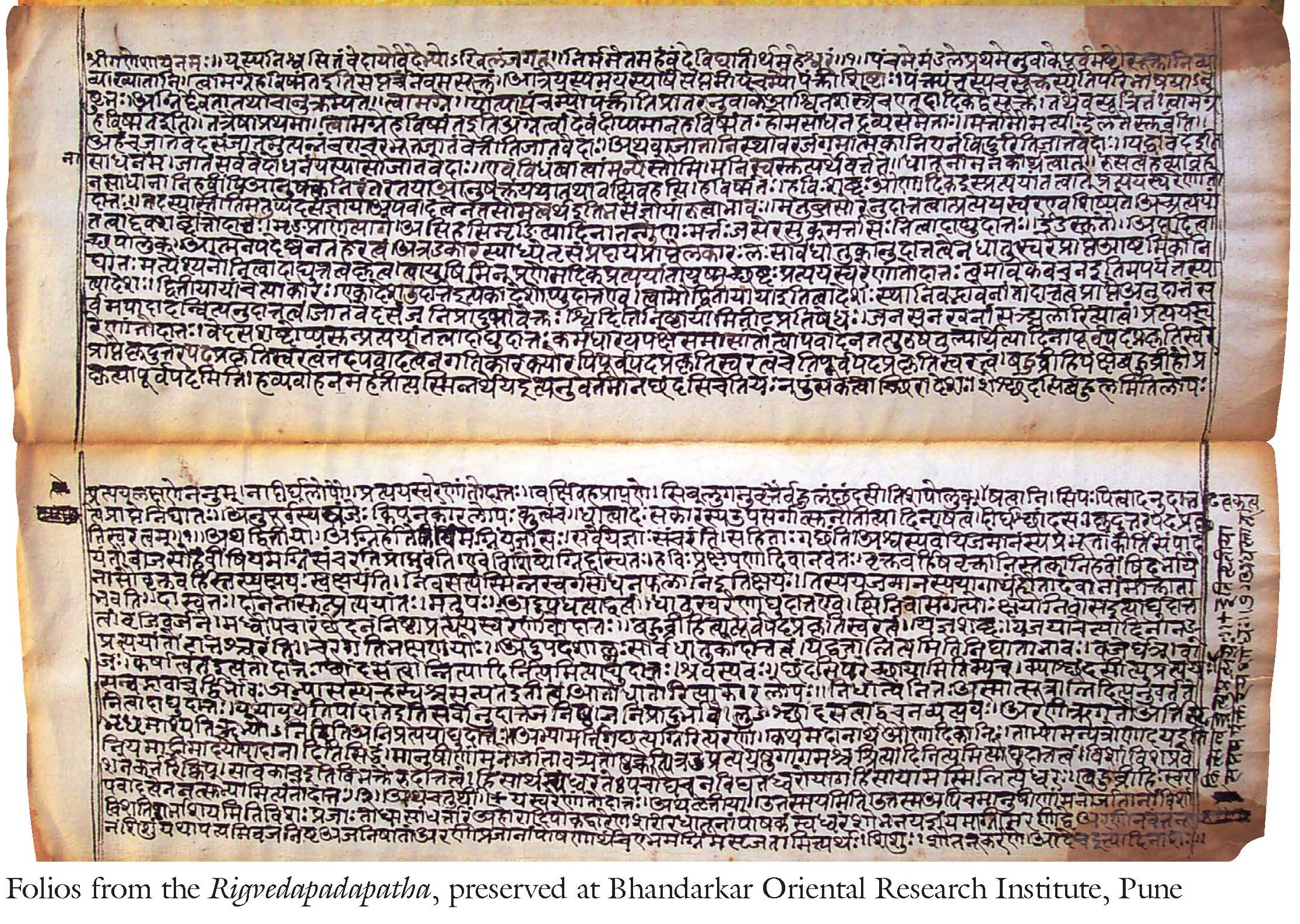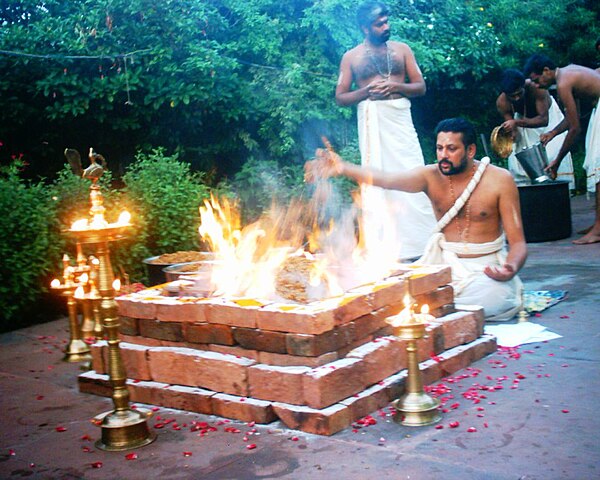The Vedic Period (c. 1500-500 BCE) marks a crucial era in ancient Indian history, characterized by the composition of the Rigveda, the earliest known text of the Indo-Aryans. This period laid the foundation for Indian culture, religion, and society, introducing key elements of Hinduism and the Sanskrit language.

A Rigveda manuscript in Devanagari script, showcasing early Vedic literature.
The society during the Vedic Period was primarily pastoral and agrarian. The varna system, which classified people into four social groups (Brahmins, Kshatriyas, Vaishyas, and Shudras), emerged during this time. Women enjoyed a significant role in Vedic rituals and education, with figures like Gargi and Maitreyi celebrated in scriptures.

An artist's depiction of a rural Vedic community.
The Vedic religion revolved around the worship of natural elements like Agni (fire), Indra (rain and war), and Surya (sun). Sacrificial rituals, known as yajnas, were central to religious practices. The philosophical ideas of the Upanishads, which emerged later, evolved from the spiritual concepts introduced in the Rigveda.

A modern depiction of a yajna, a central ritual in Vedic religion.